I guess there comes a time in one’s life, where one starts questioning trivial things, that would otherwise be taken for granted, as they were always considered “normal”.
As a professionally trained chef, I provide edible products for my patrons, keeping a number of things in mind;
H.A.C.C.P regulations, danger zone temperatures, food storage systems, allergens, nutrition charts, food alternatives, hazards, cross contamination etc.
There’s a 3 year course we have to complete to achieve this. In India, professional chefs are given the same degree as a student pursuing any science related field. Yes, we get the same degree, but hardly the same respect for holding that degree, but never mind, that’s a general third world trend. Another discussion for another day.
Anyway, believe it or not, we’re actually responsible for your well being whenever you pay us to feed you. So, credibility and science go hand in hand. Any mishap on our part, can lead to serious health problems.
Two years of disguised unemployment and Covid allowed me to study more and broaden my horizons beyond just cooking. I studied about Astrology, learnt how to play the flute, and did a short course on marketing & personal branding, among many other things.
I also pursued my Masters degree in food production, remotely. This allowed me to delve deeper into another food related field; a very fast growing and lucrative, may I add, we call it the F.M.C.G sector.
It mainly consists of edibles found at any retail store. Be it a packet of chips, a bottle of soda, a preserve, a frozen dessert or anything of that sort.
We consume these everyday. Their unique selling point, being “Convenience”.
On its surface, convenience is the most sought after phenomena today. Everyone wants it. It’s easy, affordable, and of course, involves us, putting in minimal effort.
I, like you, love convenience. Having a smartphone allows me to do pretty much anything I want to, while not bothering to get out of my bed or whichever surface I’m sitting on.
It’s all great…till it Isn’t.
One wonders, whats the cost, for this “Convenience”?
This is not something I should highlight. Look around and everyone sees the price we pay for being who we are and our choices.
Each action has a reaction, and Mother Earth is not shy of showing this to us, rather vividly.
Anyhow, back to food now.
Whenever we choose to buy anything convenient, “Fast”, or long lasting, we sacrifice a few things. Mainly, our health.
All permitted food additives are regulated by the F.A.O. These are allowed globally and are readily available.
These products increase shelf life. They allow us to consume things much beyond their natural expiry date. They also make food “Tastier”, “Colourful” and somehow “Better”.
Here’s a link to their website. It describes what all are used. The next time you read the ingredients behind your favourite product’s jar, do take some time out and check what “INS” is present in it. They’re not all bad. But they’re not all good either.
Also, here’s a list of chemicals you may want to avoid, as much as possible. It’s quite a long read, but rather informative if self preservation appeals to you.
More than 10,000 chemicals are allowed in food sold in the U.S. Some are direct additives, such as preservatives like butylated hydroxyanisole, or BHA, and butylated hydroxytoluene, or BHT, which are intentionally added to processed food. Others are so-called indirect additives, like heavy metals, which contaminate food during processing, storage and packaging.
Almost 99 percent of food chemicals introduced since 2000 were green-lighted for use by food and chemical companies, rather than properly reviewed by the Food and Drug Administration (USA).
Many of these widely used chemicals are associated with major health harms, including increased risk of cancer, developmental harm and hormone disruption.
These substances end up in what we eat, thanks to a legal loophole that allows foods to be classified as “generally recognized as safe.” It’s a loophole food and chemical companies have exploited for decades – it means that instead of the FDA determining which food chemicals are safe to consume, the manufacturers of those substances decide.
That can leave consumers struggling to know what’s safe for their families.
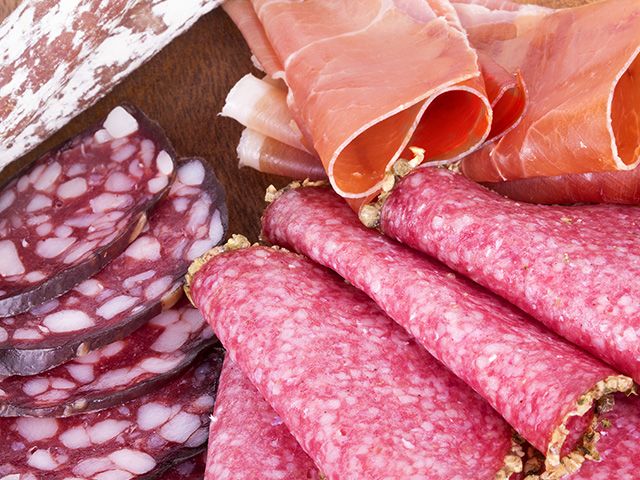
Nitrates and nitrites
Nitrates and nitrites are preservatives used in cured meats. Nitrites can form from nitrates and have been linked to stomach cancer, esophageal cancer, and possibly brain and thyroid cancers.

Potassium bromate is a possible human carcinogen added to flour used in packaged baked goods.

Propyl paraben is a preservative used in pastries and some tortillas. It causes developmental and reproductive harm.
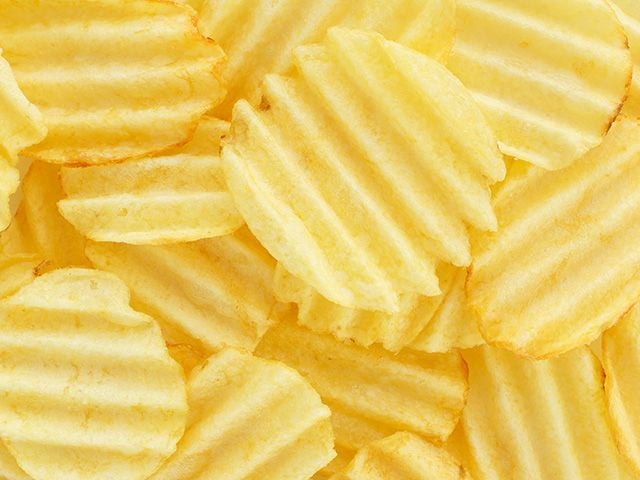
Butylated hydroxyanisole, better known as BHA, is a preservative used in cured meats and other foods. Multiple sources have identified it as a possible human carcinogen.
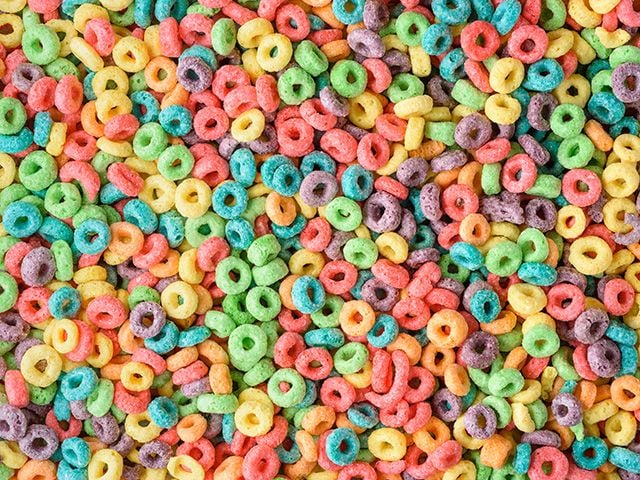
Butylated hydroxytoluene, also called BHT, is a preservative found in cereals and other foods. It’s a chemical cousin of BHA and is a possible human carcinogen.
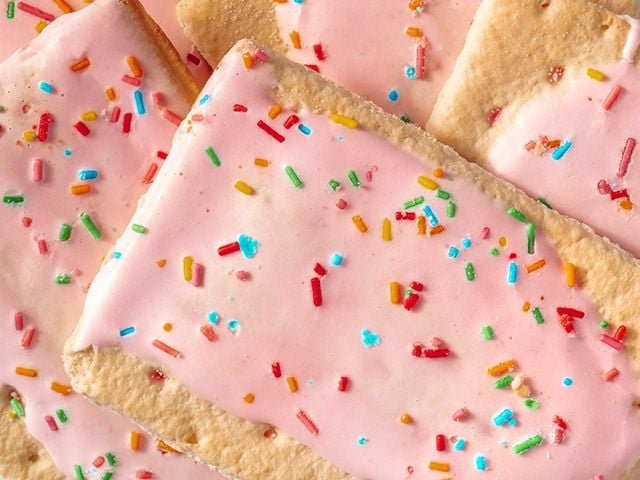
Tert-butylhydroquinone, or TBHQ, is a preservative used in Pop-Tarts and other processed foods. It may harm the immune system and weaken the effectiveness of vaccines.
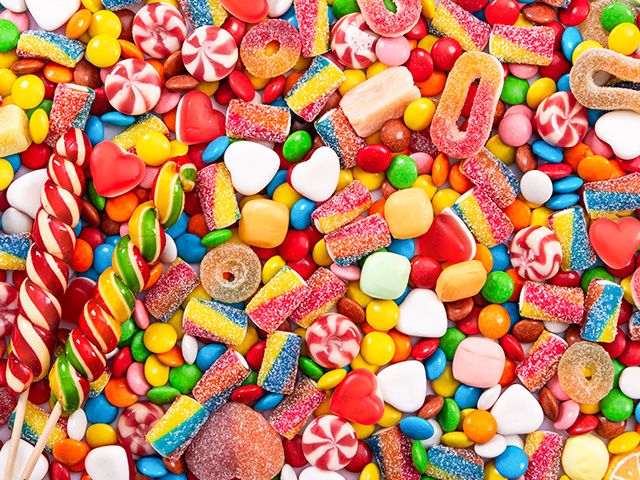
Titanium dioxide is a color additive used mostly in candy. It may damage DNA and cause life-long allergies.
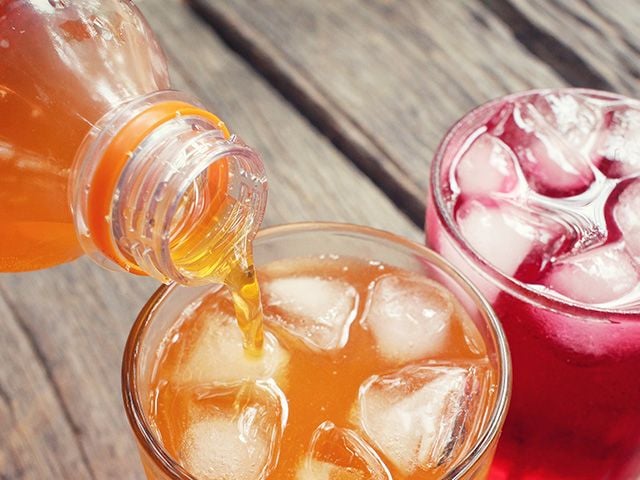
Brominated vegetable oil, or BVO, is used to stabilize citrus flavors in sodas and fruity drinks. It can cause neurological harm. FIND OUT MORE
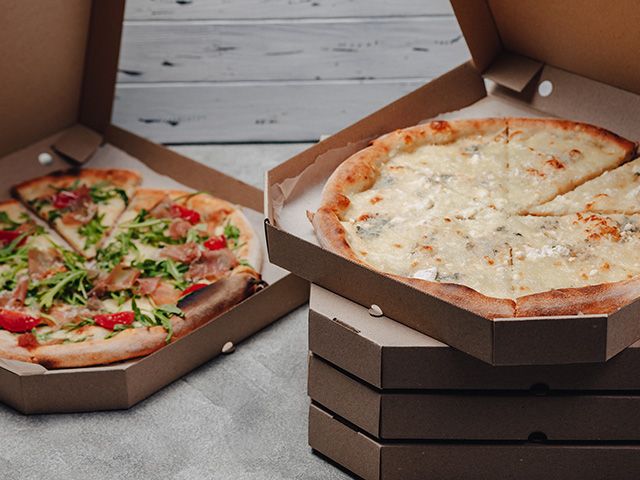
The toxic per- and polyfluoroalkyl “forever chemicals” known as PFAS are used in food packaging and are known to leach into the food itself. They increase the risk of cancer and damage the immune and reproductive systems, among many other health harms. FIND OUT MORE
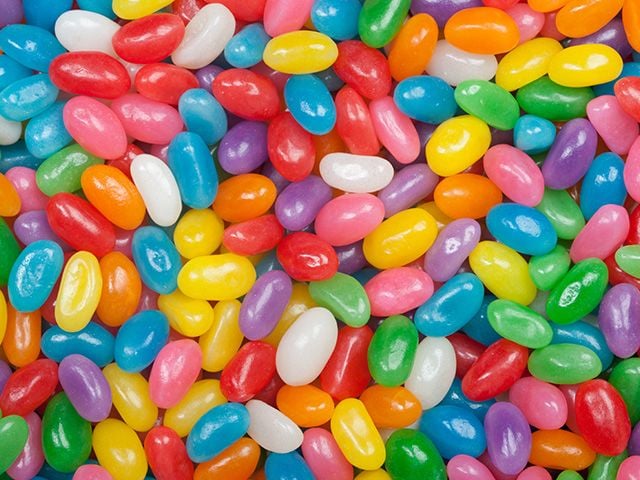
Synthetic food dye can be found in many types of food and beverages. They can affect development and cause behavioral difficulties in children. There are seven we’re especially concerned about: Red 3, Red 40, Yellow 5, Yellow 6, Blue 1, Blue 2 and Green 3.FIND OUT MORE
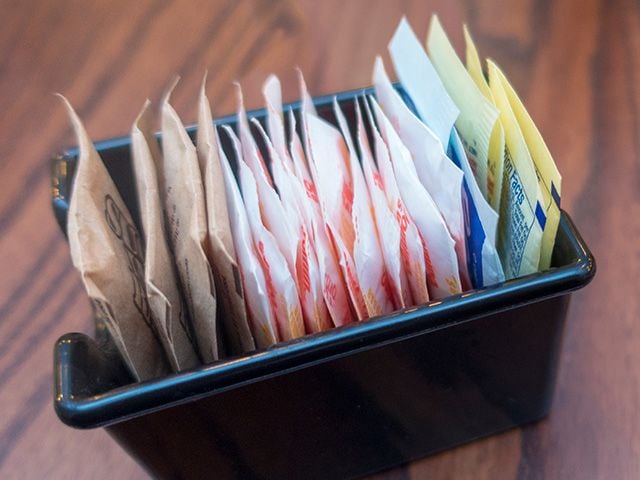
Artificial sweeteners can affect the hormones that regulate metabolism and have a negative effect on weight control.
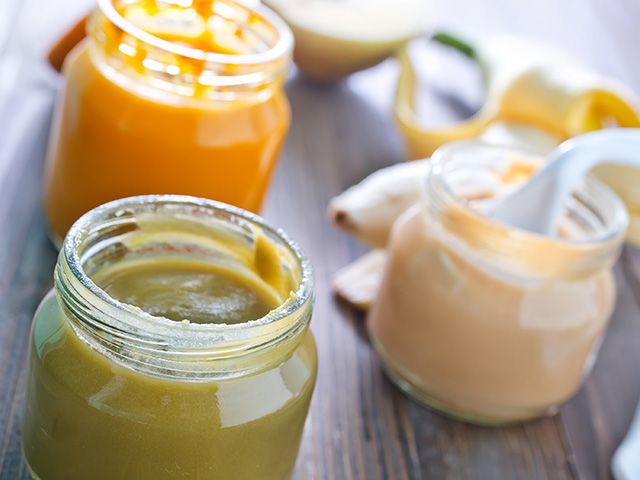
Many baby foods contain dangerous levels of heavy metals, including mercury, lead, cadmium and arsenic. Exposure can slow growth and development, increase cancer risk and lead to behavioral and learning difficulties. Most metals get into food through water and soil pollution.
Also, typing the above was incredibly boring, so I literally copy pasted it from another site. (Convenience?)
@https://www.ewg.org/consumer-guides/ewgs-dirty-dozen-guide-food-chemicals-top-12-avoid
(Thanks, by the way)
If you’re still around and want to know more, here’s a rather interesting and eye opening documentary.
If living life with your eyes open seems scary, turn away now.
To conclude, the above describes only the problem.
So, Whats the solution?
Large fast food chains, multi billion dollar companies and just about everyone else, sell edible chemical compositions, terming them as “Food”, which we happily consume, due to high budget marketing ploys, involving well known celebrities, who themselves will never care to consume the products they endorse.
I never advocate extreme solutions, as they’re not practical. These companies employ thousands of people and are responsible for many good things too, regardless of their negative effects. For one, they sell “Happiness”.
Don’t get me wrong. I love my occasional KFC bucket and other such tasty abominations.
I indulge in these vices once in a while, knowing very well what it will do to my body.
However, Im aware of it now.
I wasn’t, earlier.
So, Im writing this to tell you how to be aware also.
As a member of the food and beverage industry, I consider it my responsibility and moral obligation.
An easy solution is “Balance”.
I leave that open to your interpretation.
Your Choices Matter.
Thanks.
